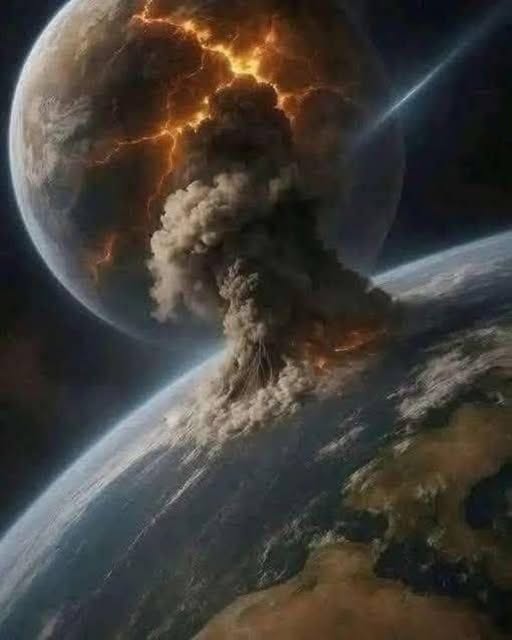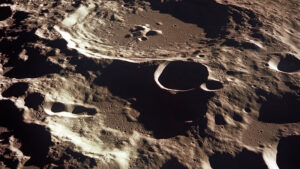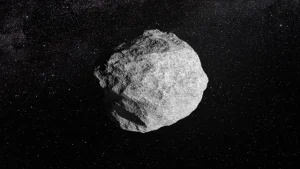BREAKING NEWS confirms that August 5nd the Earth will begin to…See more…

It has been officially designated 52768 (1998 OR2) and will cross Earth’s orbit without any real danger of impact.
In the remote event of impact with planet Earth, studies show that it could almost completely destroy it.
A 23-year-old student discovers 17 planets, one similar to Earth.
NASA’s Center for Near-Earth Object Studies has recently detected an unusually large asteroid that is expected to orbit Earth in April of this year.
Its actual size is estimated to be between 1.5 and 4 kilometers in diameter, as indicated on the space agency’s website.
It is traveling at a speed of 8.7 kilometers per second and is estimated to approach our planet on June 2nd of this year.
Compared to other asteroids, to illustrate the difference, the Chelyabinsk asteroid, which hit Siberia in 2013 and caused nearly 1,500 injuries and extensive destruction to buildings, was about 15 meters wide and 17 meters long.
However, the danger of this asteroid, named 52768 (1998 OR2), impacting planet Earth is quite remote. According to calculations made by NASA experts,
the asteroid will pass at a distance greater than the equivalent distance between the Moon and our planet, so we cannot consider ourselves in any real danger.
The asteroid that will spare Earth might hit the moon instead. What happens if it does?

The asteroid known as 2024 YR4 is out of sight yet still very much on scientists’ minds.
The building-sized object, which initially appeared to be on a potential collision course with Earth, is currently zooming beyond the reach of telescopes on its orbit around the sun. But as scientists wait for it to reappear, its revised trajectory is now drawing attention to another possible target: the moon.
Discovered at the end of 2024, the space rock looked at first as if it might hit our planet by December 22, 2032. The chance of that impact changed with every new observation, peaking at 3.1% in February — odds that made it the riskiest asteroid ever observed.
Ground- and space-based telescope observations were crucial in helping astronomers narrow in on 2024 YR4’s size and orbit. With more precise measurements, researchers were ultimately able to rule out an Earth impact.
The latest observations of the asteroid in early June, before YR4 disappeared from view, have improved astronomers’ knowledge of where it will be in seven years by almost 20%, according to NASA.
That data shows that even with Earth avoiding direct impact, YR4 could still pose a threat in late 2032 by slamming into the moon. The impact would be a once-in-a-lifetime event for humanity to witness — but it could also send fine-grained lunar material hurtling toward our planet.
While Earth wouldn’t face any significant physical danger should the asteroid strike the moon, there is a chance that any astronauts or infrastructure on the lunar surface at that time could be at risk — as could satellites orbiting our planet that we depend on to keep vital aspects of life, including navigation and communications, running smoothly.
Any missions in low-Earth orbit could also be in the pathway of the debris, though the International Space Station is scheduled to be deorbited before any potential impact.

Initially, YR4 was seen as a case study in why scientists do the crucial work of planetary defense, discovering and tracking asteroids to determine which ones have a chance of colliding with Earth. Now, astronomers say this one asteroid could redefine the range of risks the field addresses, expanding the purview of the work to include monitoring asteroids that might be headed for the moon as well.
“We’re starting to realize that maybe we need to extend that shield a little bit further,” said Dr. Paul Wiegert, a professor of astronomy and physics at the Western University in London, Ontario. “We now have things worth protecting that are a bit further away from Earth, so our vision is hopefully expanding a little bit to encompass that.”
In the meantime, researchers are assessing just how much chaos a potential YR4 lunar impact could create — and whether anything can be done to mitigate it.
